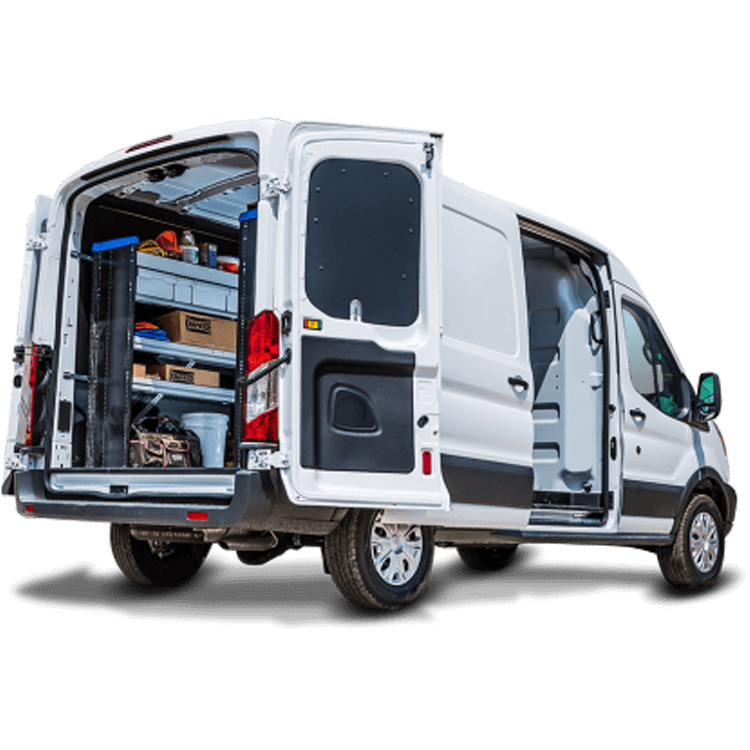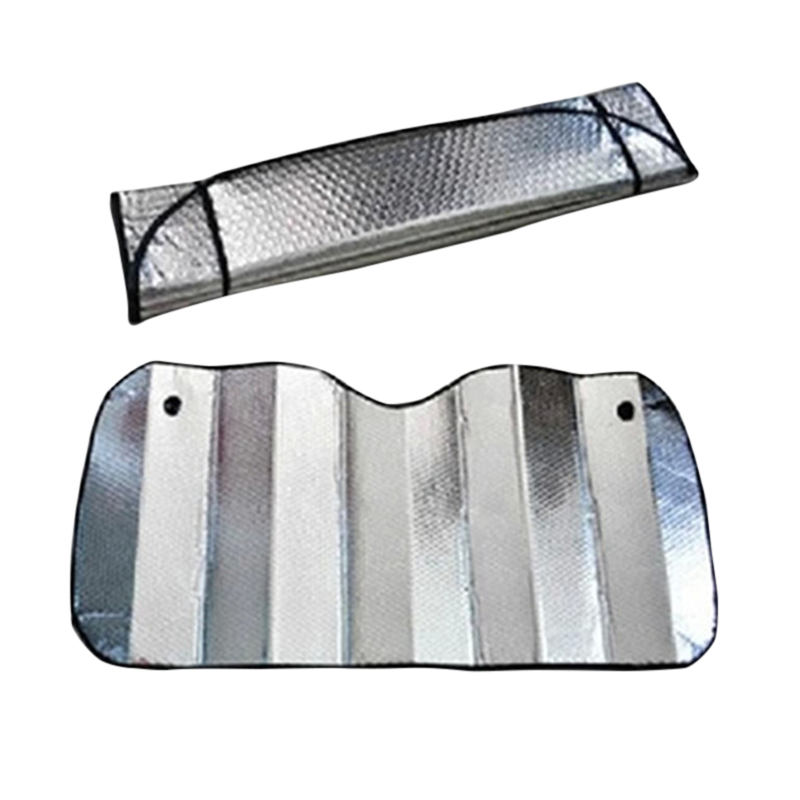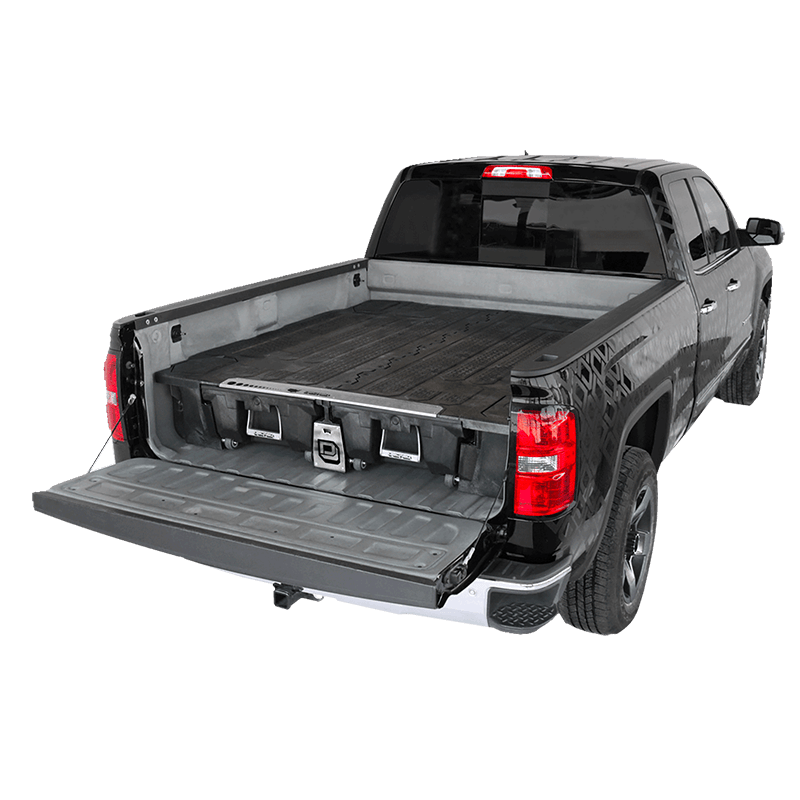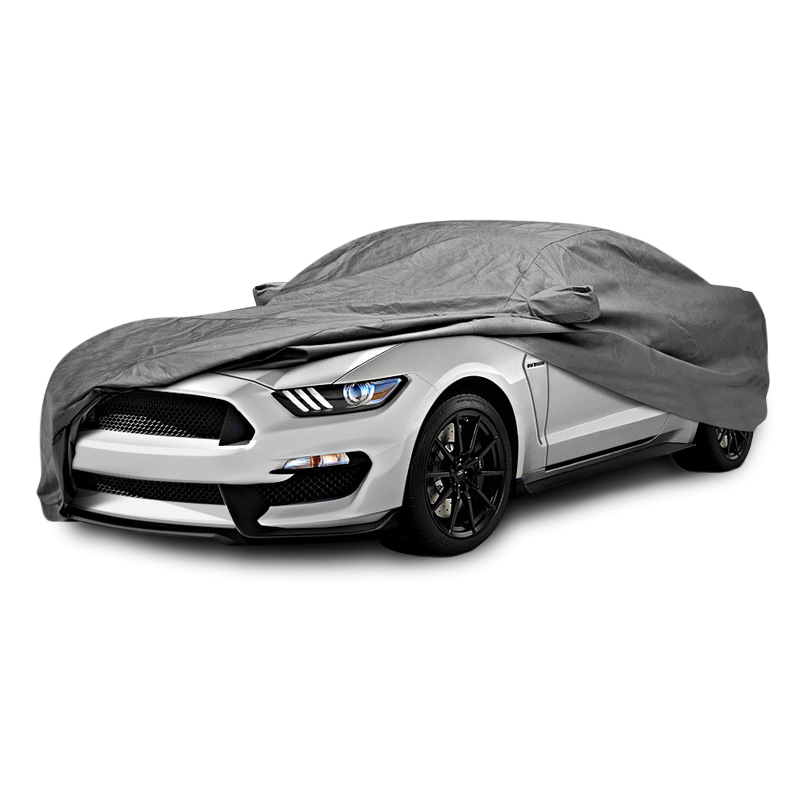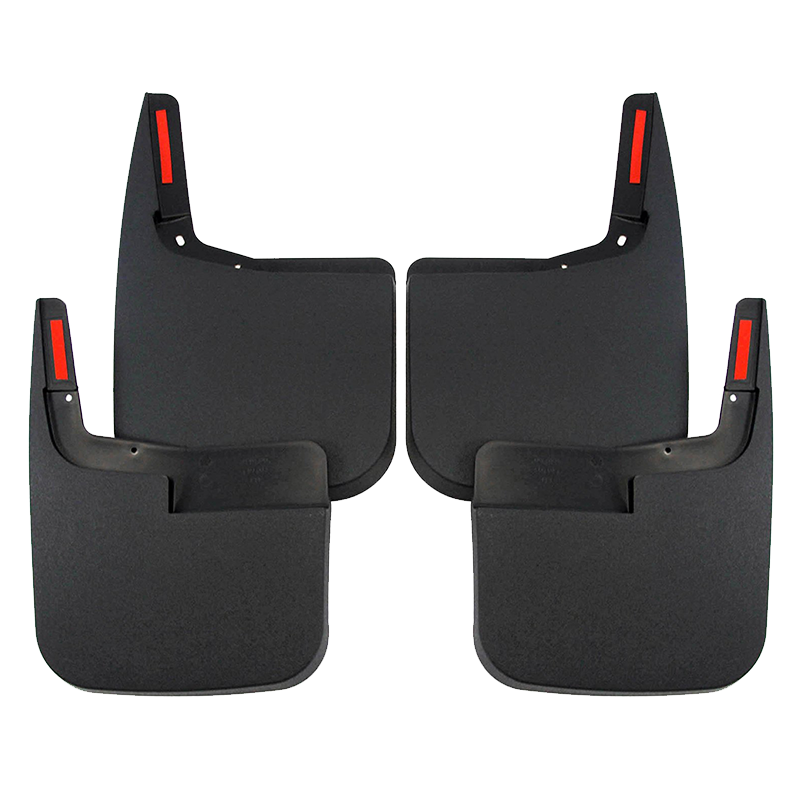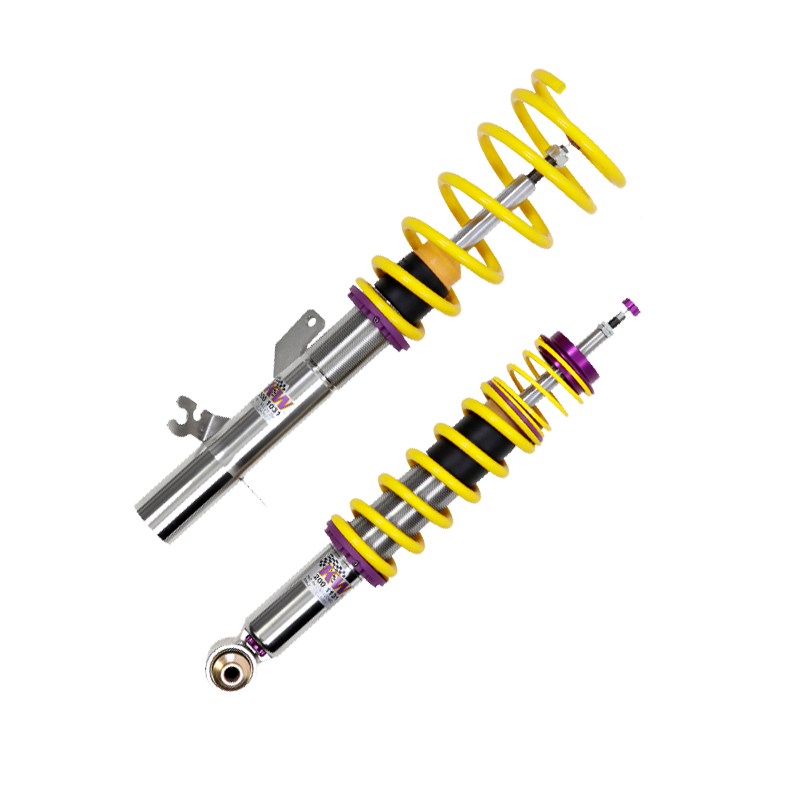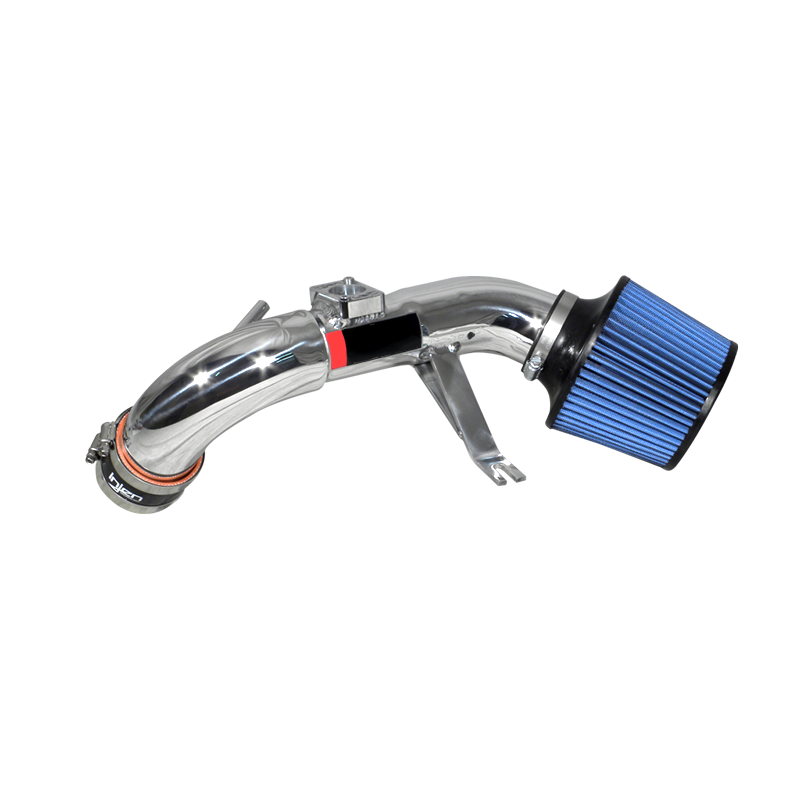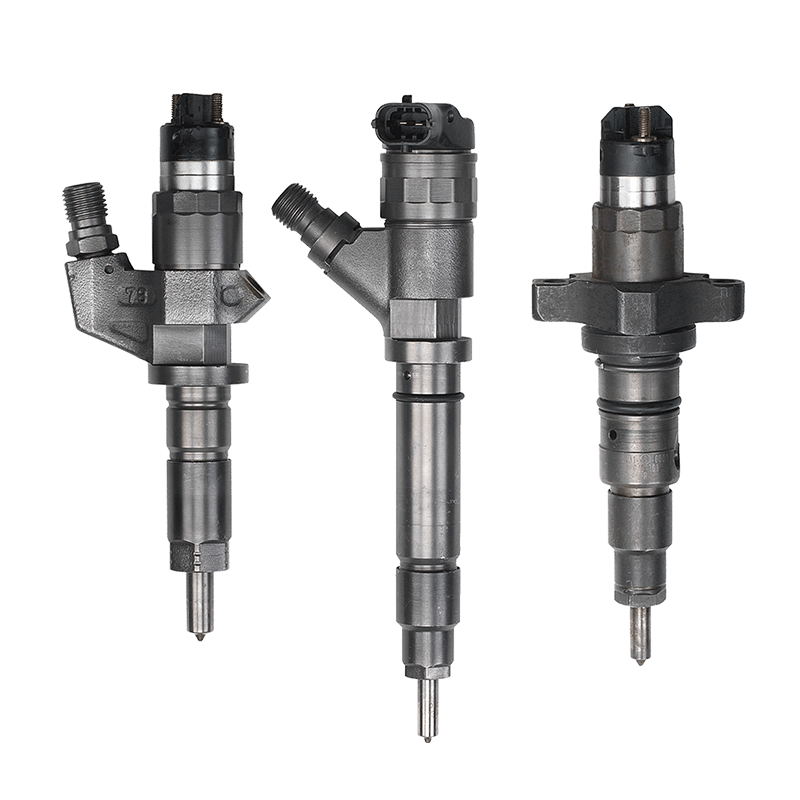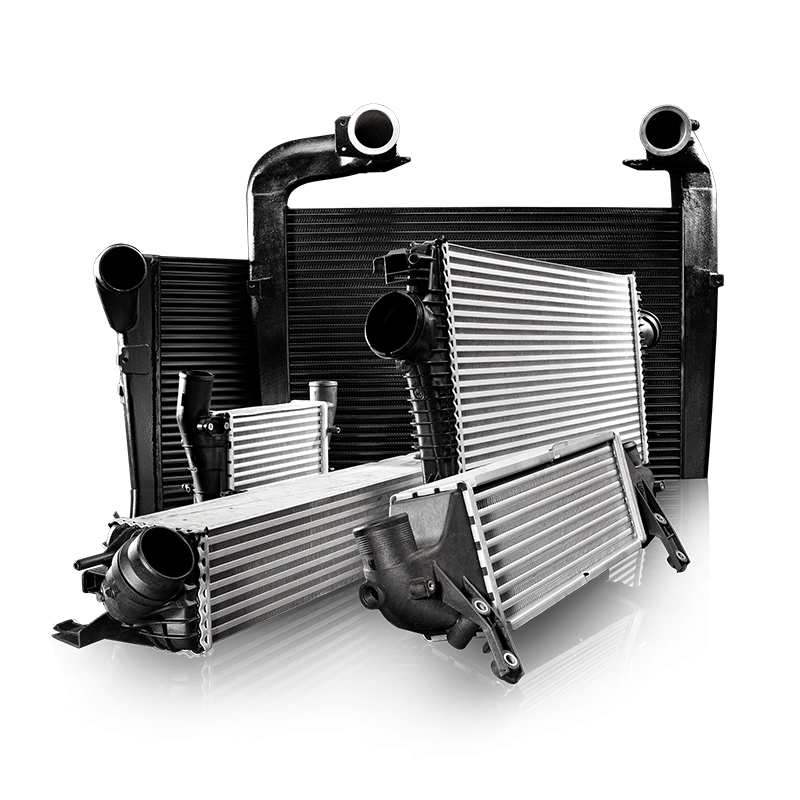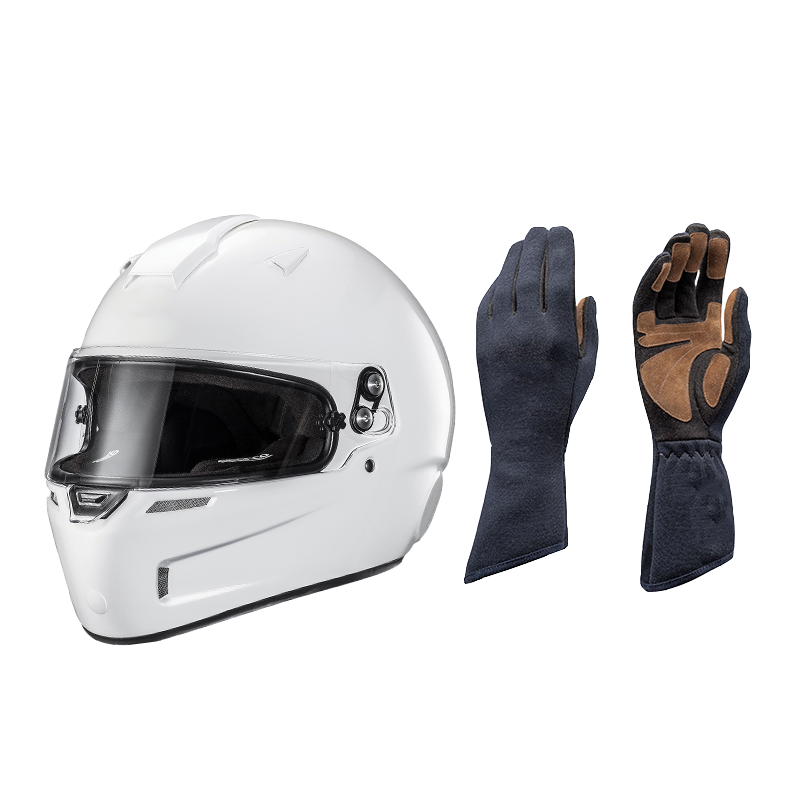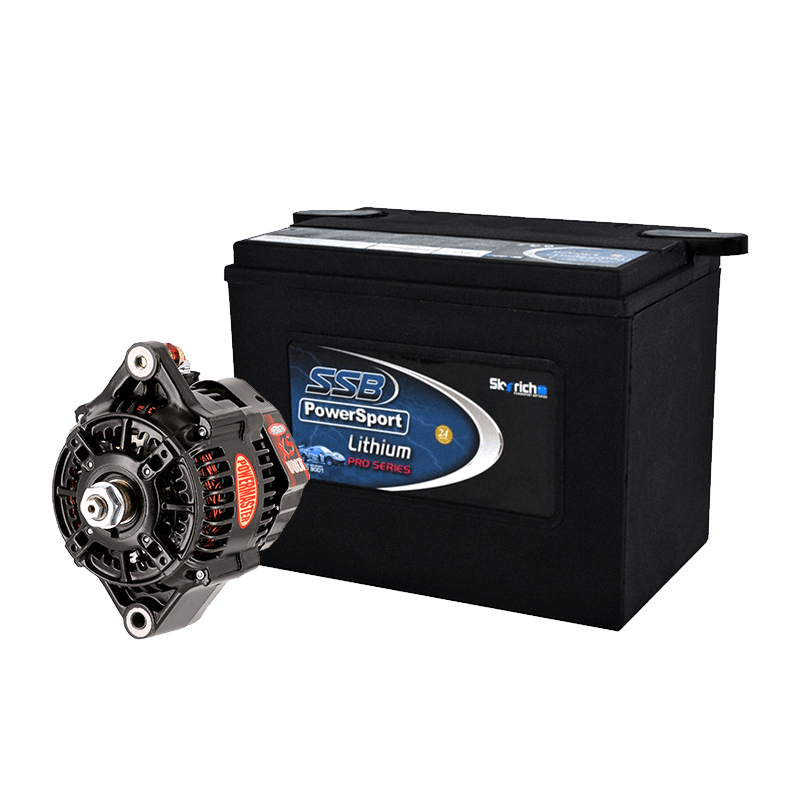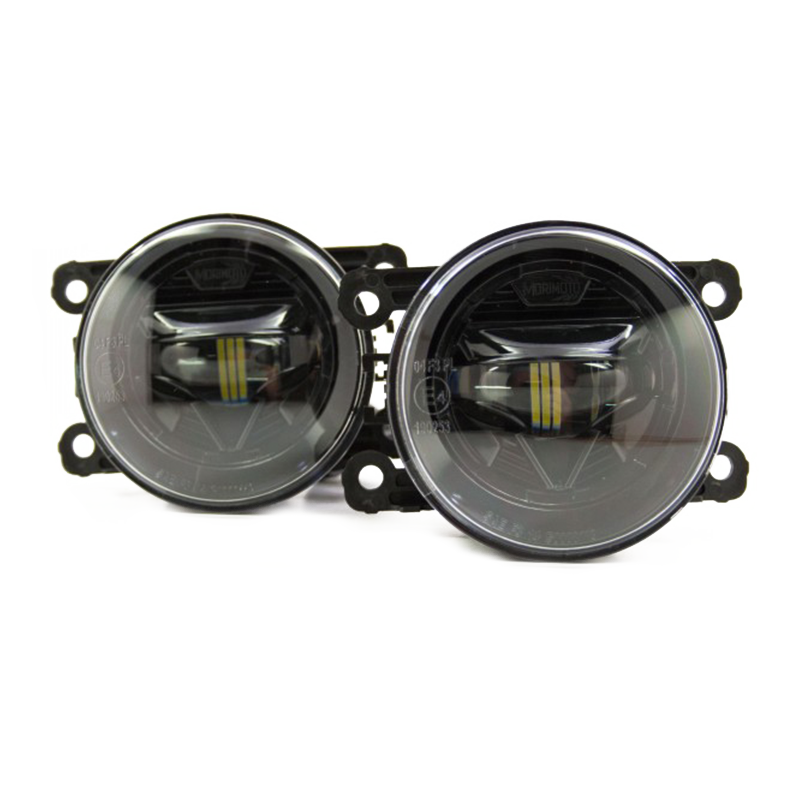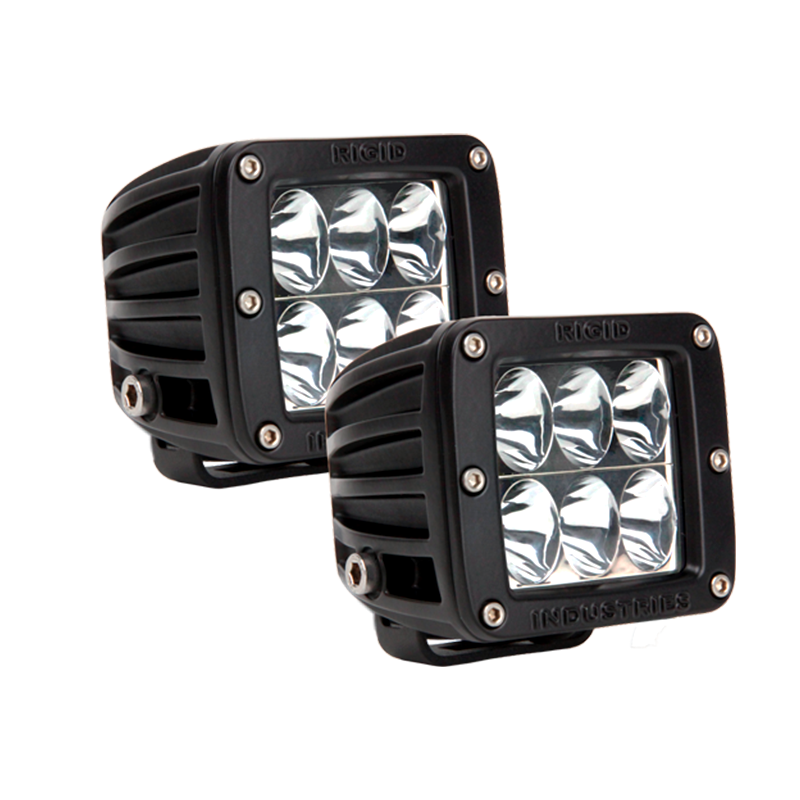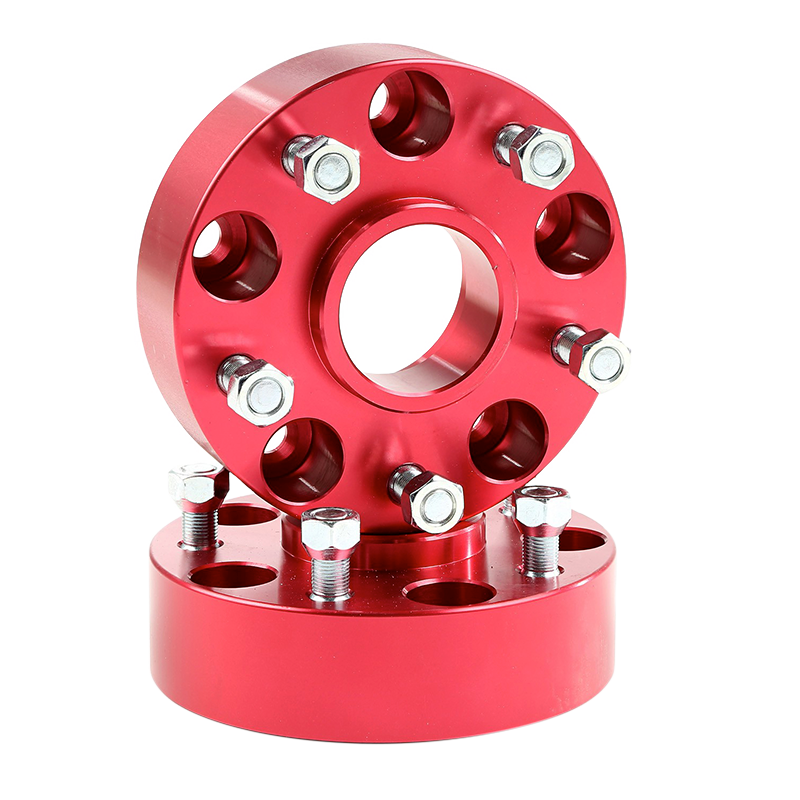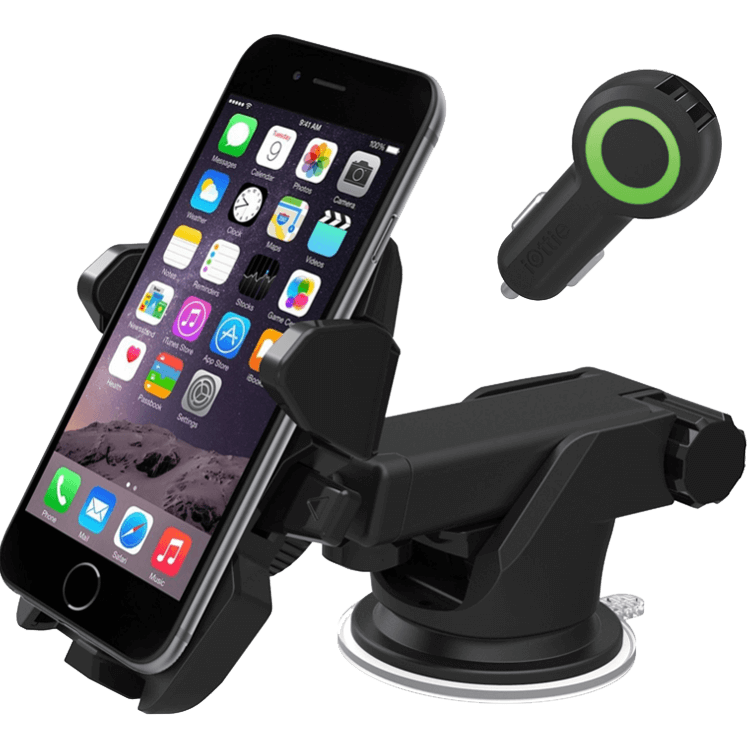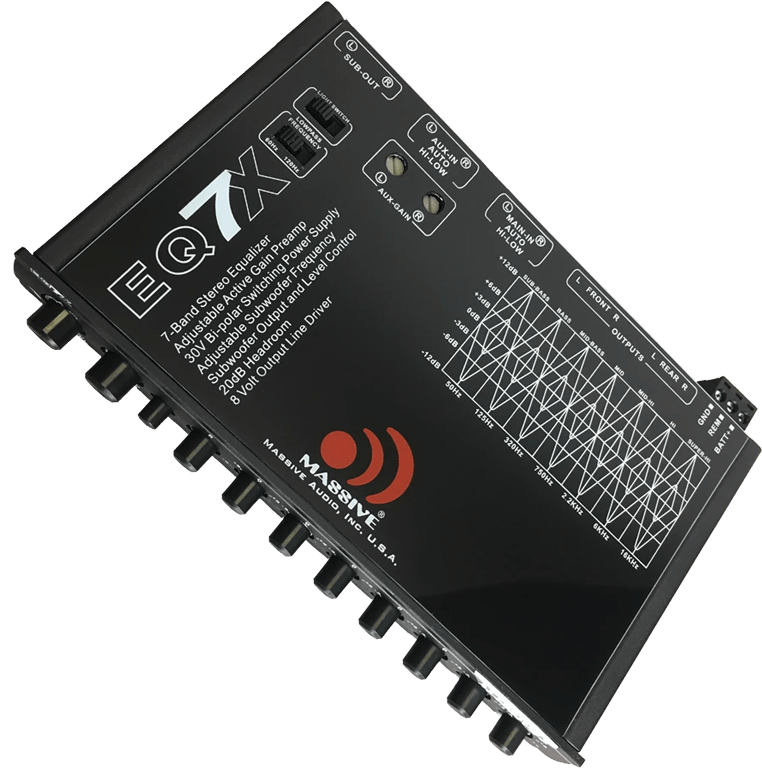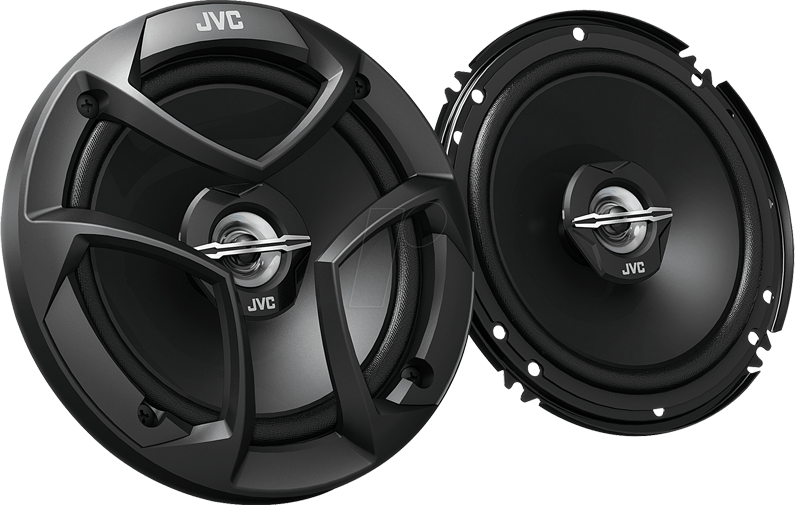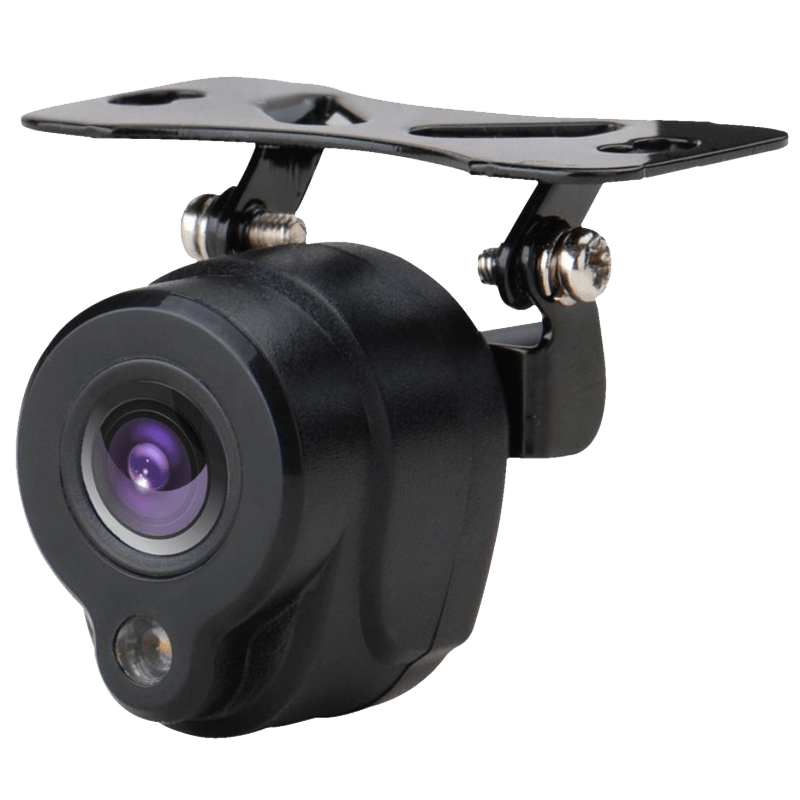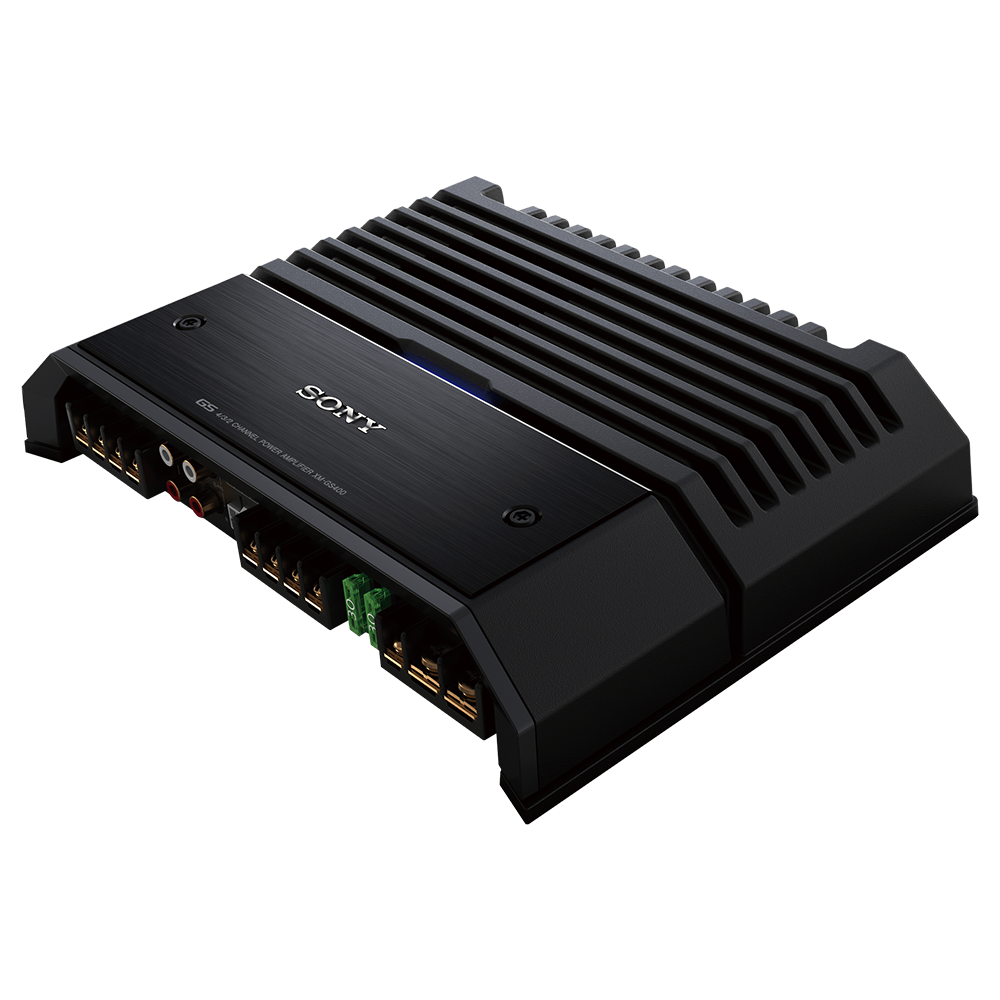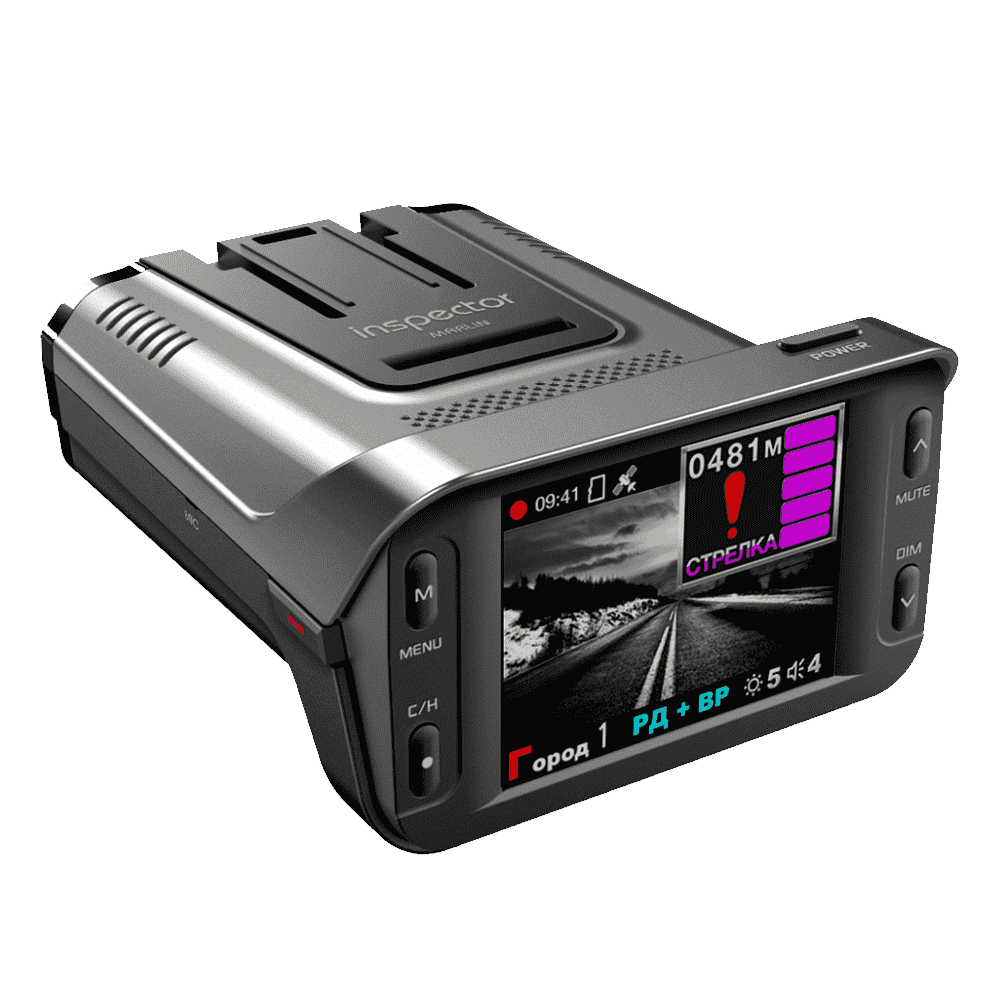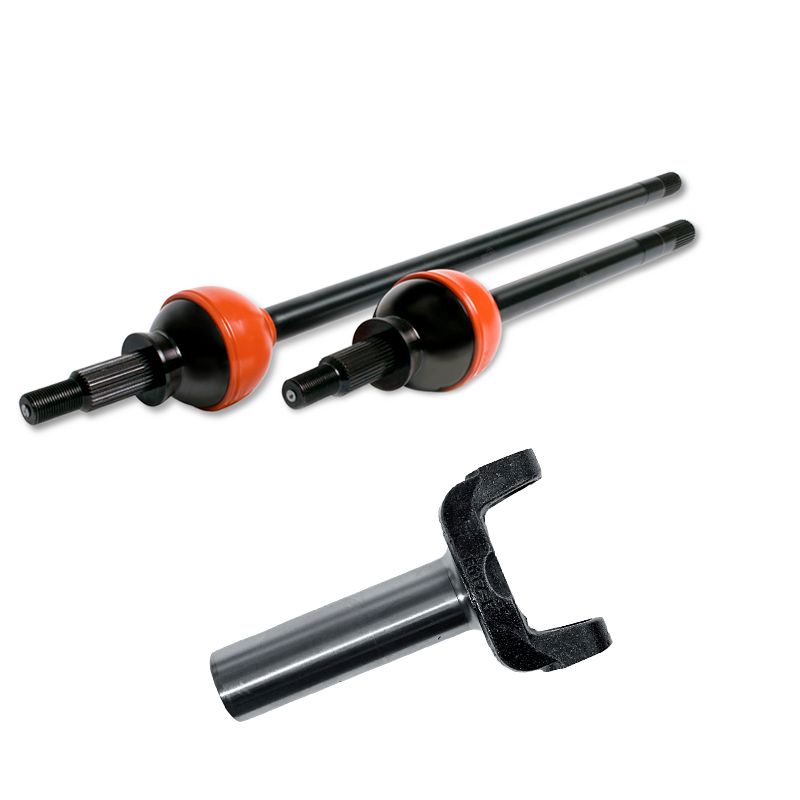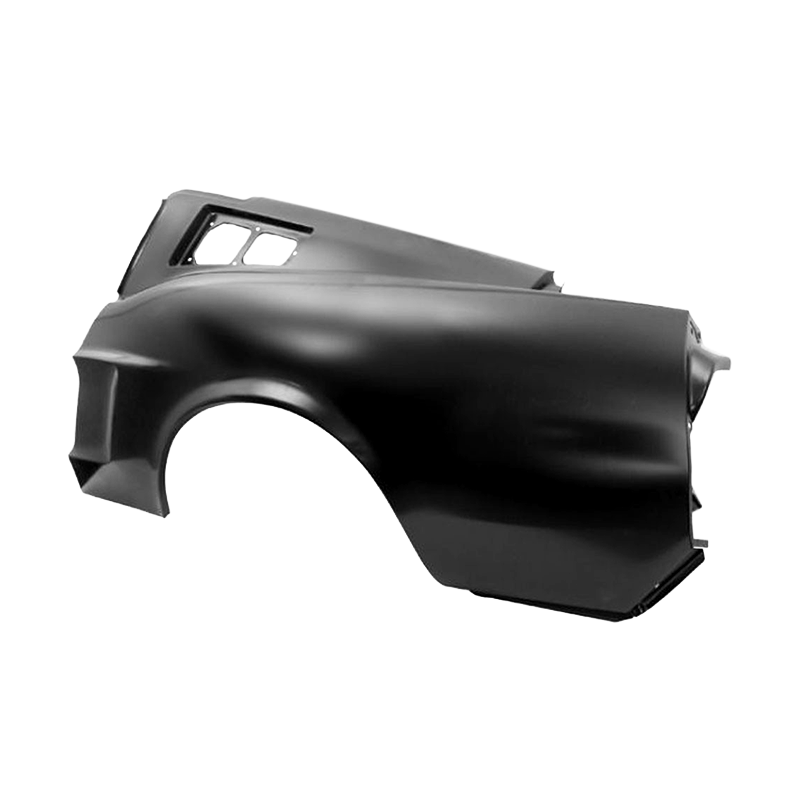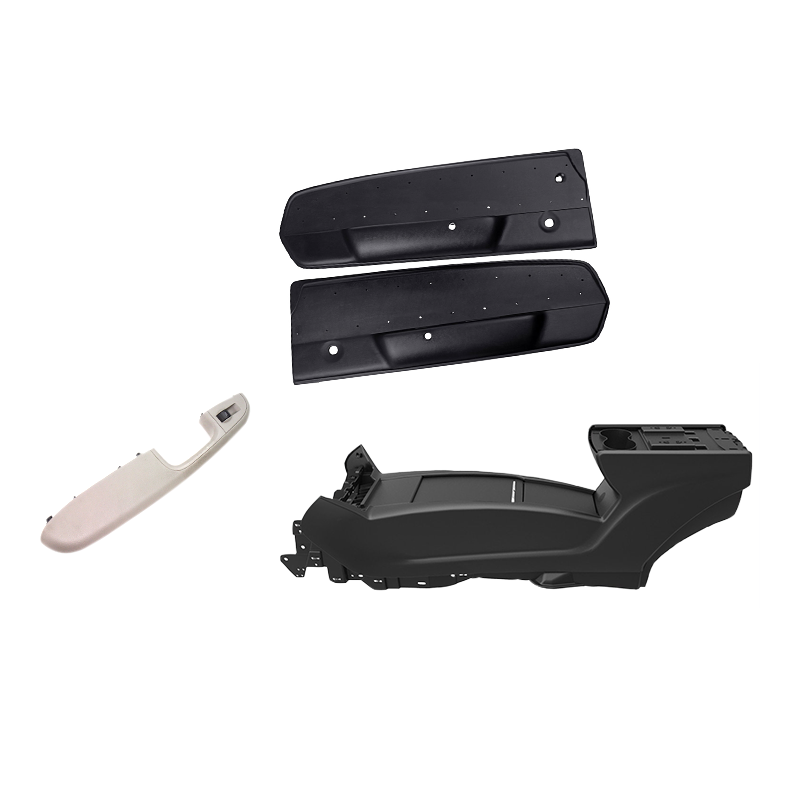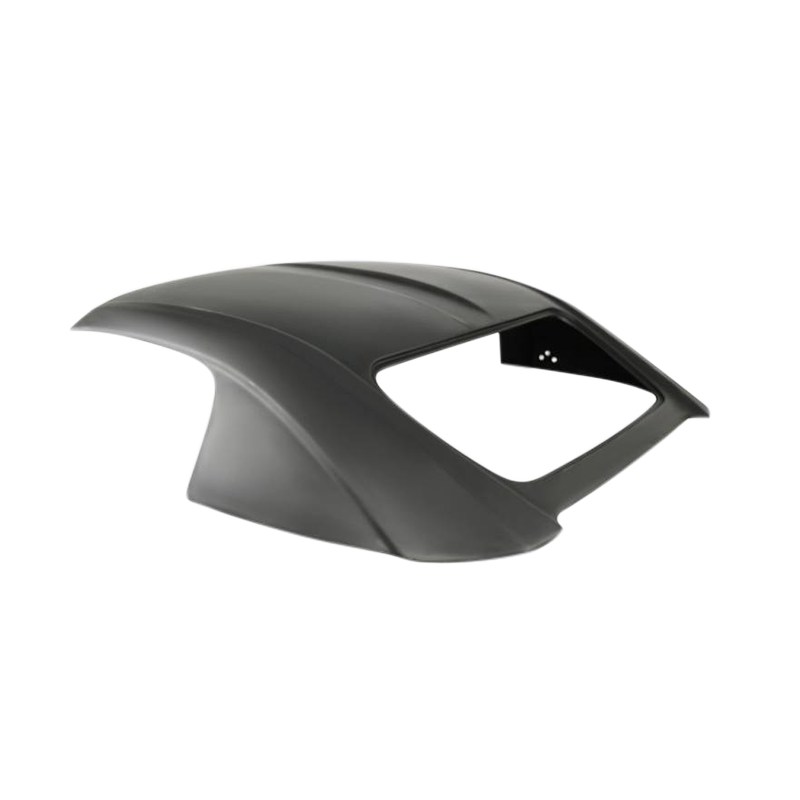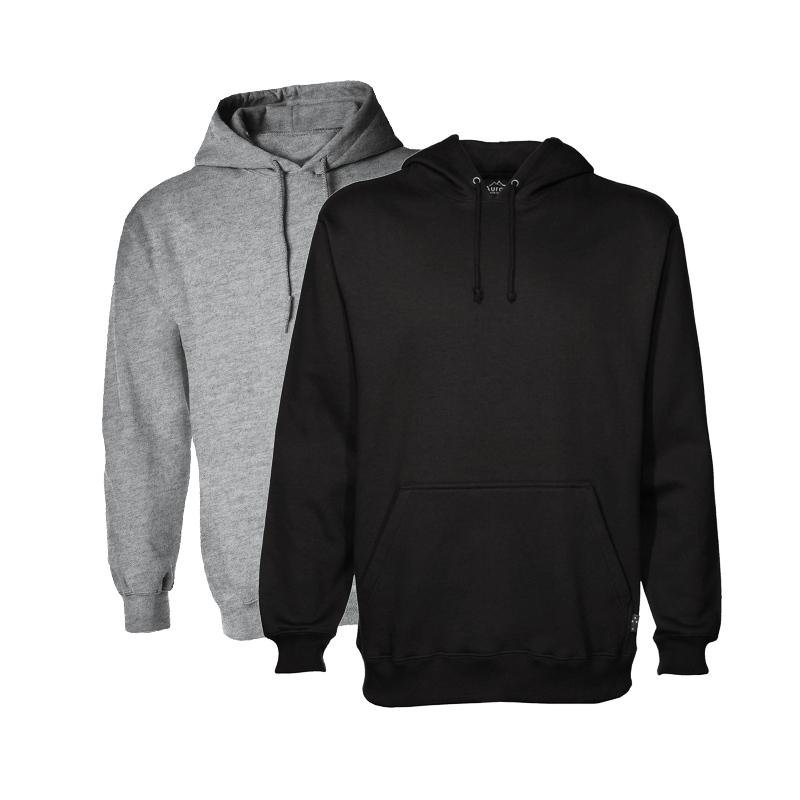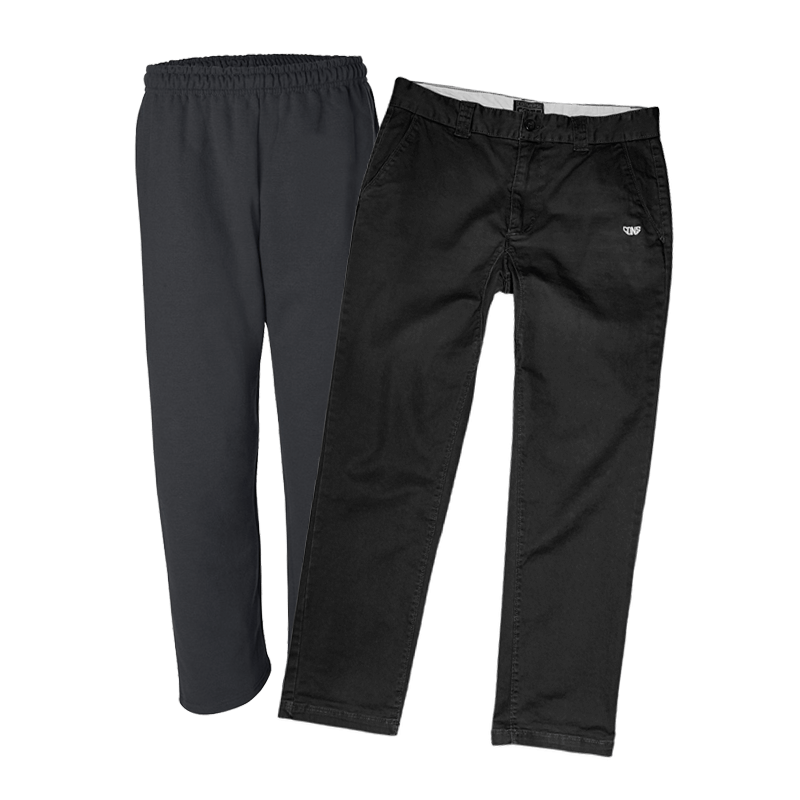During the first three mule years, a particular variant of the mules designed by Michael Santoro was chosen by Lee Lacocca and other executive management as the design to be moved forward. In May of 1993, the final TJ design had engineering and supplier backing and the final production design was frozen 32 months before initial mass assembly.
Mule verification of prototypes began in early 1994 and was tested through late 1995. With the final prototypes being built with production bodies, Chrysler ceased production of the YJ in December 1995 and began the re-tooling process of the Toledo plant for the production launch of the TJ in January 1996.
On January 2, 1996, the TJ was unveiled to the public at that year’s Detroit International Auto Show as a ‘97 model and was met with acclaim. Gone were the older leaf springs, and the platform was updated with the new coil spring setup that was initially developed for the XJ Cherokee. The system was modified and used in the rear suspension as well, coining the name for the system as ‘Quadra-Coil’ which is still used today in the new JL platform. This move to coil springs resulted in better ride handling and articulation off-road. Power came from the returning 4.0L AMC 242 inline-six that was also being used in the Cherokee and Grand Cherokee. A smaller power plant option was available in the form of the 2.5L AMC 150 inline-four. Axles came in the form of a Dana 30 front, and a standard Dana 35 in the rear with an optional Dana 44. Transmissions were also held over in the form of a five-speed manual transmission and a four-speed automatic. The TJ is notable as having the last of AMC hold-over parts of any Chrysler vehicle.







